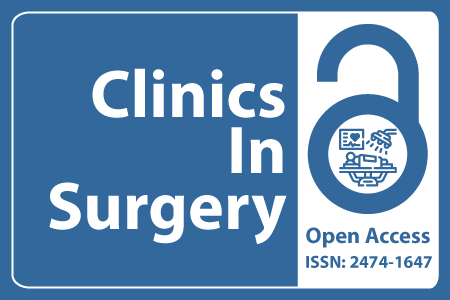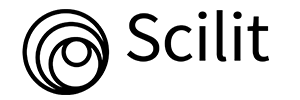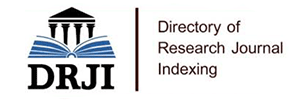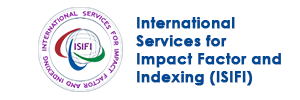
Journal Basic Info
- Impact Factor: 1.995**
- H-Index: 8
- ISSN: 2474-1647
- DOI: 10.25107/2474-1647
Major Scope
- Pediatric Surgery
- Cardiovascular Surgery
- Endocrine Surgery
- Vascular Surgery
- Robotic Surgery
- Otolaryngology - Head and Neck Surgery
- Emergency Surgery
- Neurological Surgery
Abstract
Citation: Clin Surg. 2020;5(1):2847.Research Article | Open Access
Superior Conjunctiva-Sparing Intraocular Lens-Suturing Technique with Straight Long Suture Needles Advanced from the Opposite Side
Toshihiko Matsuo*
Department of Regenerative and Reconstructive Medicine (Ophthalmology), Okayama University Medical School and Graduate School of Interdisciplinary Science and Engineering in Health Systems, Japan
*Correspondance to: Toshihiko Matsuo
PDF Full Text DOI: 10.25107/2474-1647.2847
Abstract
Background: The superior conjunctiva has to be preserved in eyes with trabeculectomy or in eyes with exfoliation glaucoma for future surgery. Under the circumstances, surgical approach for spontaneous in-the-bag intraocular lens dislocation should be limited to temporal and nasal area of the conjunctiva. A surgical technique for intraocular lens-suturing was designed to spare the superior conjunctiva. Methods: Dislocated in-the-bag intraocular lens was removed with 25G or 27G vitreous forceps from sclerocorneal incision on the temporal side after the insertion of 25G or 27G trocars with infusion cannula. A straightened long needle with 10-0 polypropylene was inserted through the sclerocorneal incision and pierced to the nasal sclera. With pulling the suture of the nasal haptic, the optic was inserted with a forceps and then the temporal haptic with polypropylene suture was pushed into the posterior chamber. The needle head of the suture tied with the temporal haptic was inserted through the sclerocorneal incision and pushed out through the limbal side port on the nasal side. The needle head was then held with a needle holder and the needle tip was pierced to the temporal sclera. The sutures were secured on the scleral surface and vitrectomy was done to confirm no retinal detachment. Results: The surgery was done in 18 eyes of 14 consecutive patients: 11 men and 3 women with the age at surgery ranging from 28 to 89 years (mean, 67 years); 4 patients in both eyes on separate occasions, 3 in the right eye, and 7 in the left eye. Predisposing factors for the dislocation were history of vitrectomy in 5 eyes of 4 patients, exfoliation in 6 eyes of 4 patients, history of uveitis in 6 eyes of 5 patients, and history of trabeculectomy in one eye of one patient. All patients had no surgical complication and gained significantly better visual acuity after the surgery (P=0.0008). Conclusion: It is technically feasible and easy to advance straight needles for intraocular lenssuturing from the opposite side on the nasal-to-temporal plane to spare the superior conjunctiva.
Keywords
Trabeculectomy; Filtering surgery; In-the-bag intraocular lens dislocation; Intraocular lens-suturing; Conjunctiva-sparing
Cite the article
Matsuo T. Superior Conjunctiva- Sparing Intraocular Lens-Suturing Technique with Straight Long Suture Needles Advanced from the Opposite Side. Clin Surg. 2020; 5: 2847.













